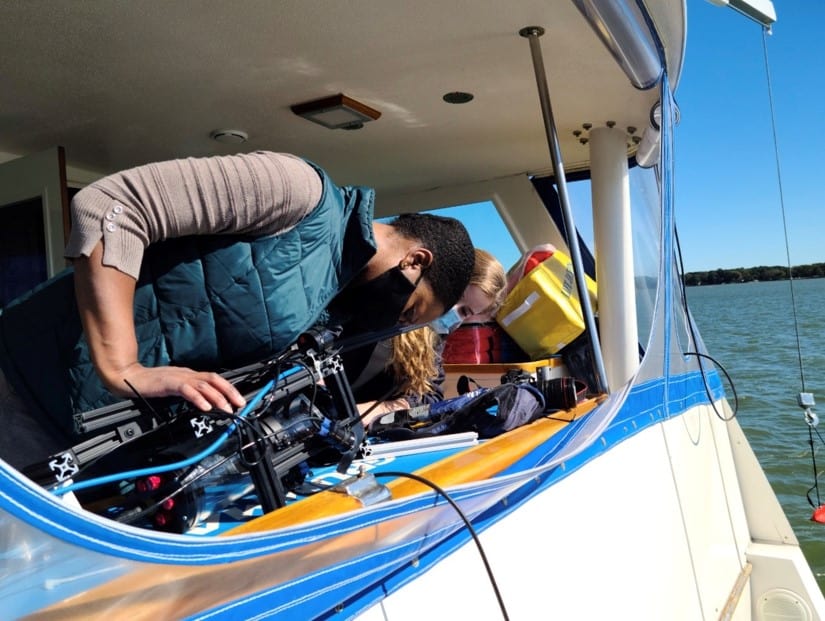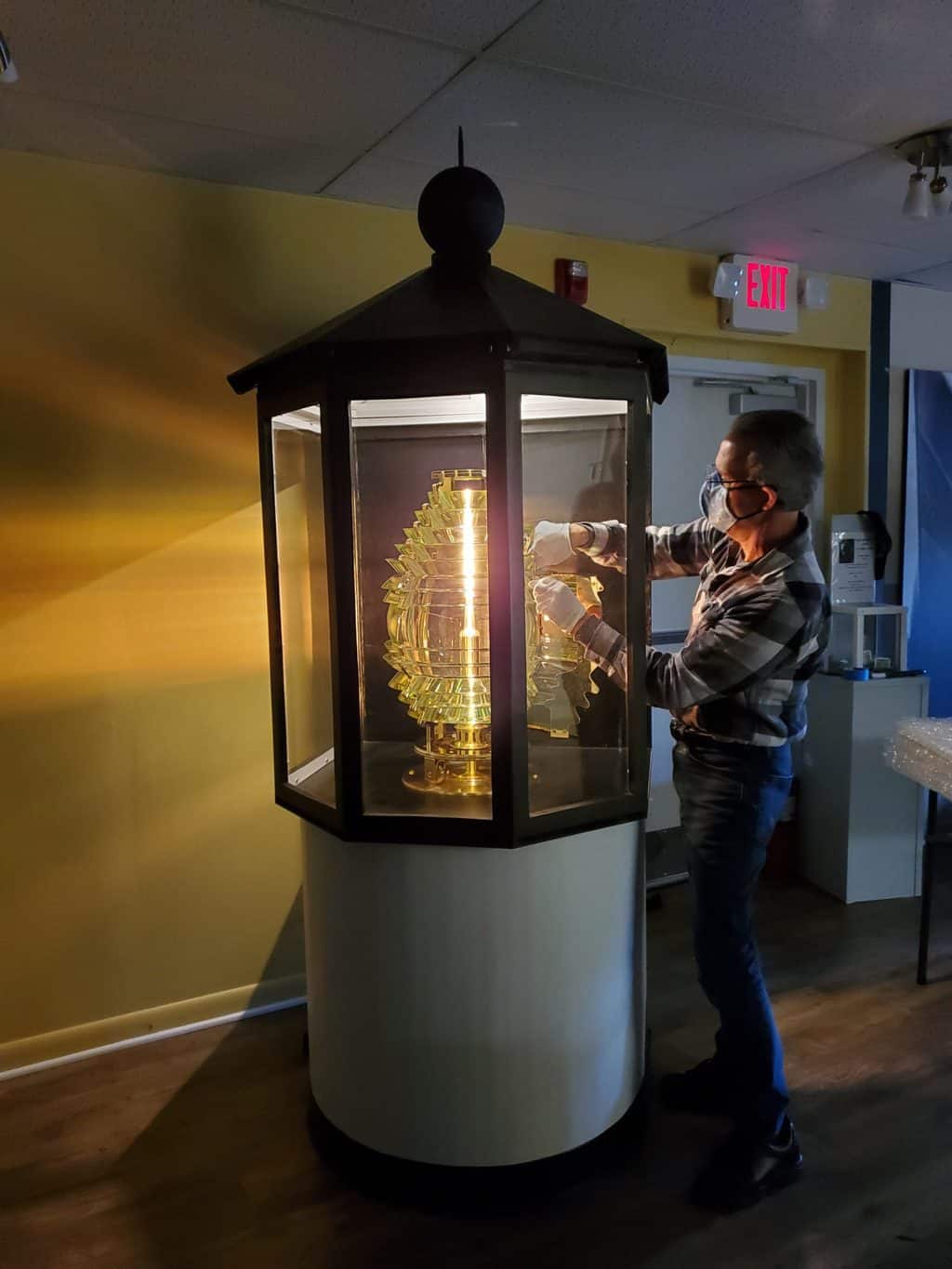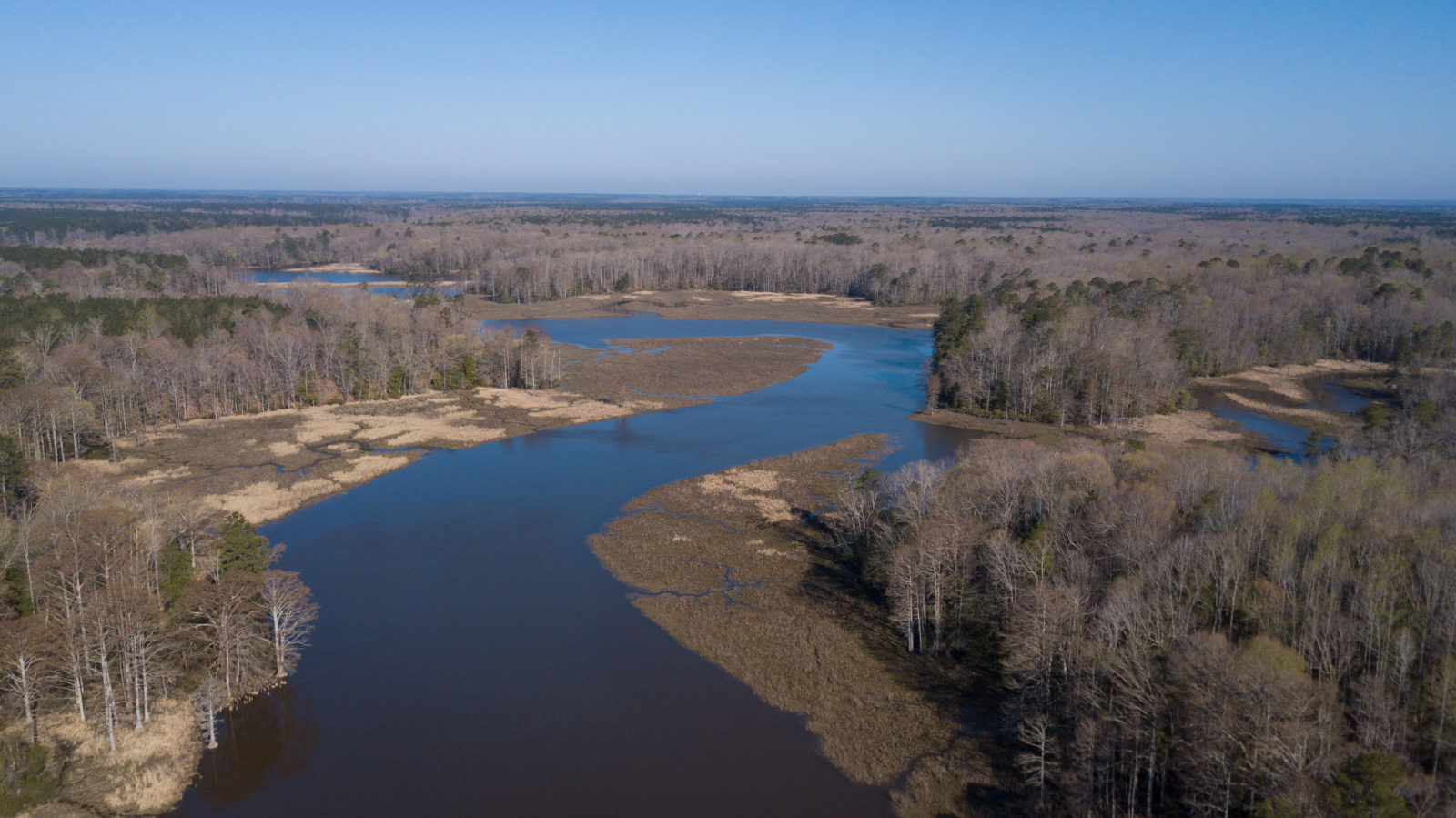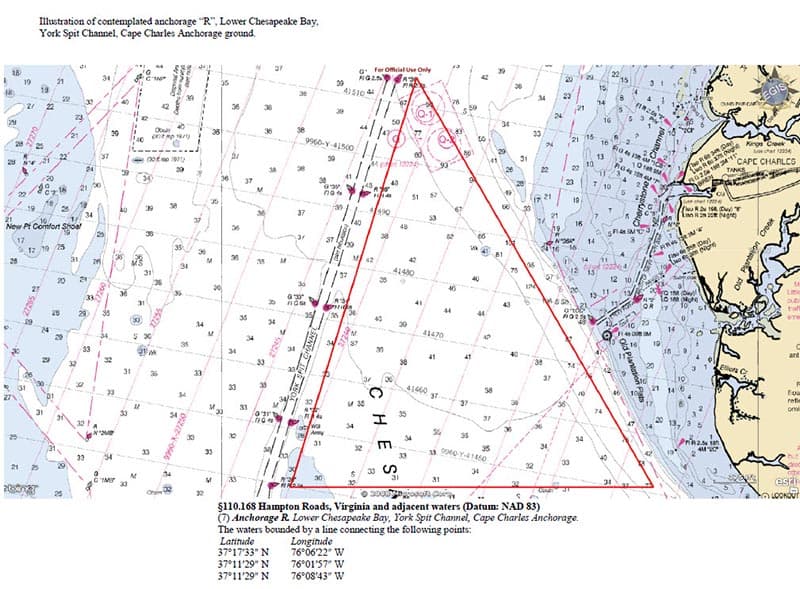The aerospace and defense technology company Northrop Grumman (NG) has assembled a dream team of international engineering experts and put them to work—all in the name of oysters. And they’re getting closer to real, usable solutions.
Northrop Grumman has been partnering with the Chesapeake Bay Foundation (CBF) since 2019 to solve the problem of monitoring oysters in the Bay’s difficult conditions. Engineers have experimented with laser, acoustic, and photographic sensors to see which work best in the turbid, low-visibility Chesapeake.
Bay Bulletin‘s Cheryl Costello showed us the technology being developed back in February 2020. Since then, it’s been fine-tuned and refocused.
A year later, the Northrop Grumman/CBF team gave a virtual talk to students from all over the country about the project, revealing more about the technology currently in play. The teams have made considerable strides, says program leader Martin Kozaczek of Northrop Grumman.
One system ready for deployment is a commercially-available, towable side scan sonar combined with a Northrop Grumman algorithm that allows CBF to quickly pick out what’s an oyster reef and what is regular Bay bottom.
Another, which is undergoing final testing now, is a suite of acoustic buoys that can “listen” to reefs and learn to identify healthy ecosystems. With this tool, CBF can monitor reef health over time and determine the best spots to deploy oyster larvae. CBF and Northrop Grumman plan to deploy the buoys this summer, when reef-dwelling critters are most active, to create an ideal environment for acoustic monitoring.
The third and final tool is a Remotely Operated Vehicle (ROV) with enhanced camera that can be piloted from a surface vessel onto an oyster reef. It can capture detailed images of the reef, even in the turbid, murky waters of the Bay. Those images can show oyster density, health, and other organisms found on the reef.
Kozaczek tells Bay Bulletin that this system is the most complicated of the three, and is targeted for deployment in fall 2021. The team is continuing to develop the camera system in hopes of getting it to function in real time and measure oyster sizes.
From its Annapolis facility just before the Bay Bridge, NG has the special ability to frequently hit the water to test the tools they’re building in the lab, tweaking again and again.
And they’ve learned key lessons through trial and error:
“We spent many months developing test fixtures and camera equipment with the ability to see through the water column and clearly capture images of oysters,” the team explains. “The easiest way to overcome visual disturbances is to avoid using cameras in the first place, which is why we use sonar to rapidly scan the reefs prior to deploying cameras.”
NG has also discovered bonus uses for some of the tools it’s developing. For example, the acoustic hydrophone capability can play back a recording of a healthy reef for spat, to encourage more growth. NG says this has the potential to increase the number of spat produced by a single growth tank.
-Meg Walburn Viviano




